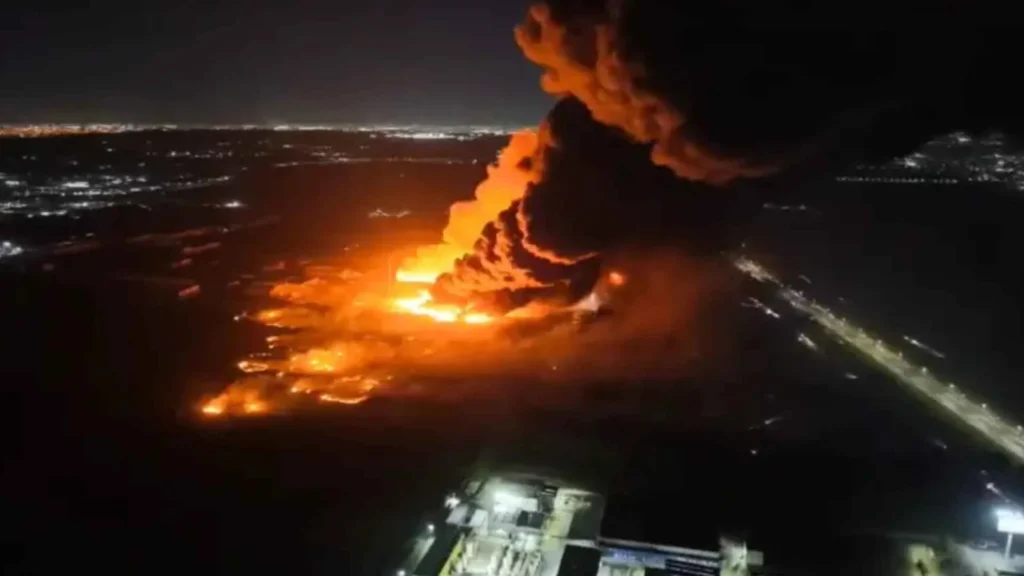
A plastics factory catches fire in the south of Buenos Aires
A blast in the premises of Plásticos Lago unleashed a factory catastrophe that mobilized 20 firefighting teams and generated a shock wave with injuries and massive…

A blast in the premises of Plásticos Lago unleashed a factory catastrophe that mobilized 20 firefighting teams and generated a shock wave with injuries and massive…
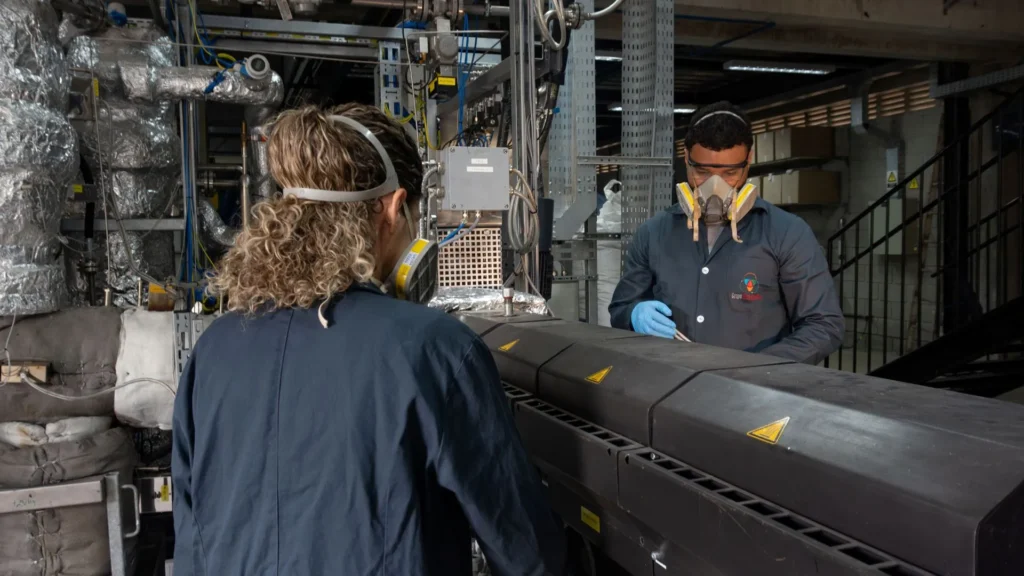
The facility manages volume but is also environmentally efficient in its design.
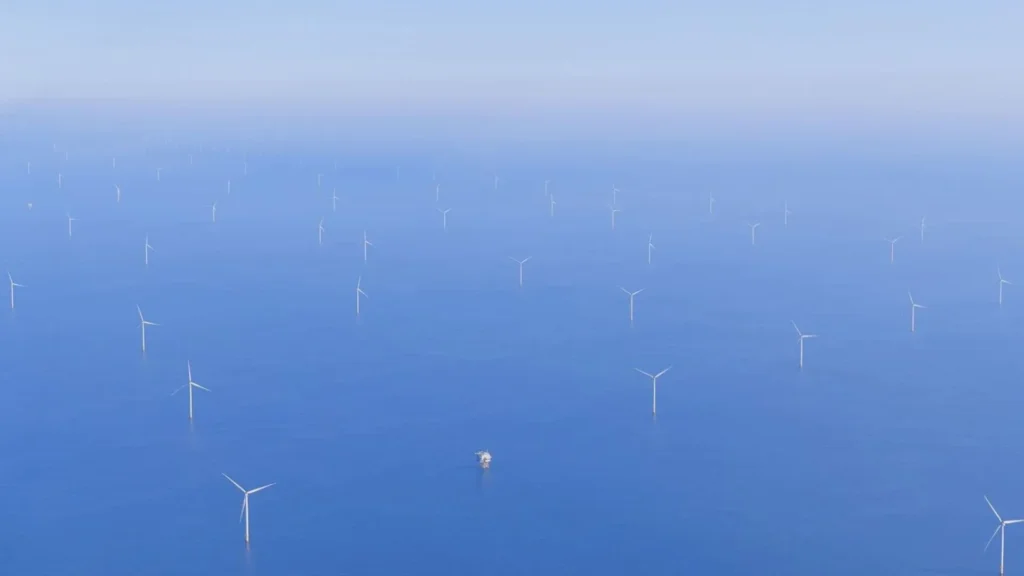
The company has installed more than 18 GW of renewable capacity in Europe, Asia and North America.

The Tonlé Sap Lake is losing its vital water pulse due to intensive mining on the Mekong River.
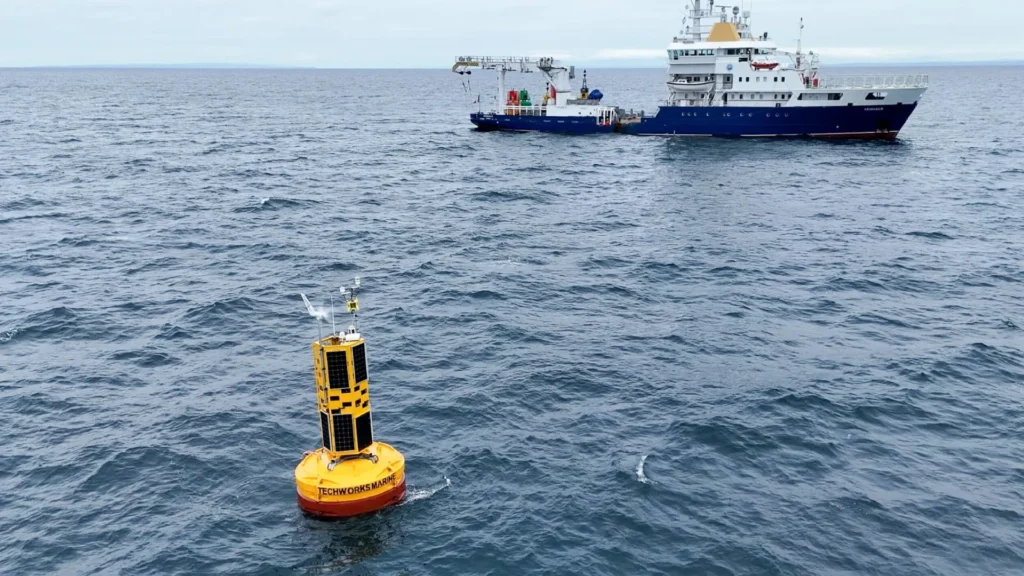
Data is essential to ensure that the planned infrastructure is safe, efficient and resilient.
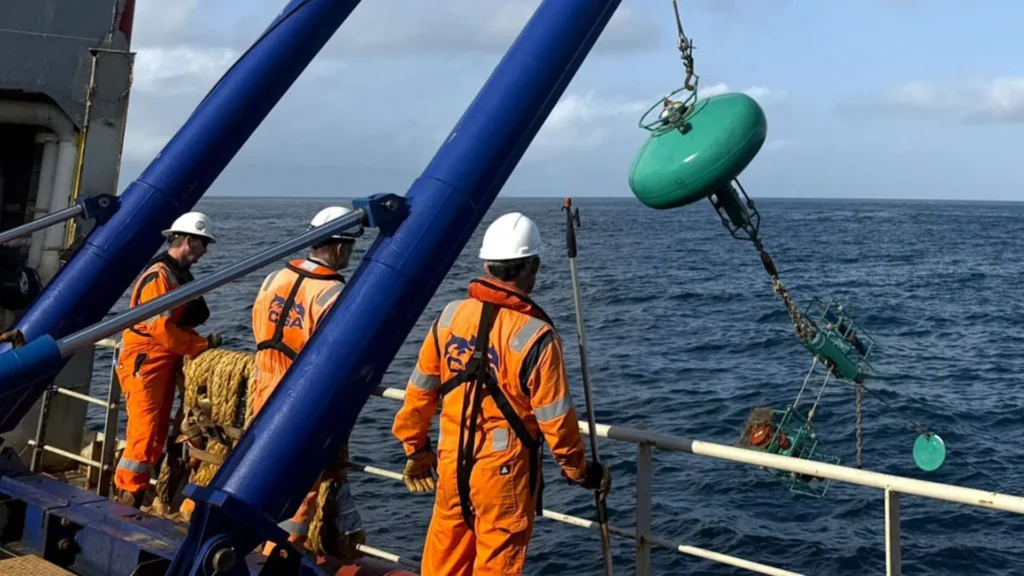
The technical activities were carried out by scientific field personnel together with specialized operators.
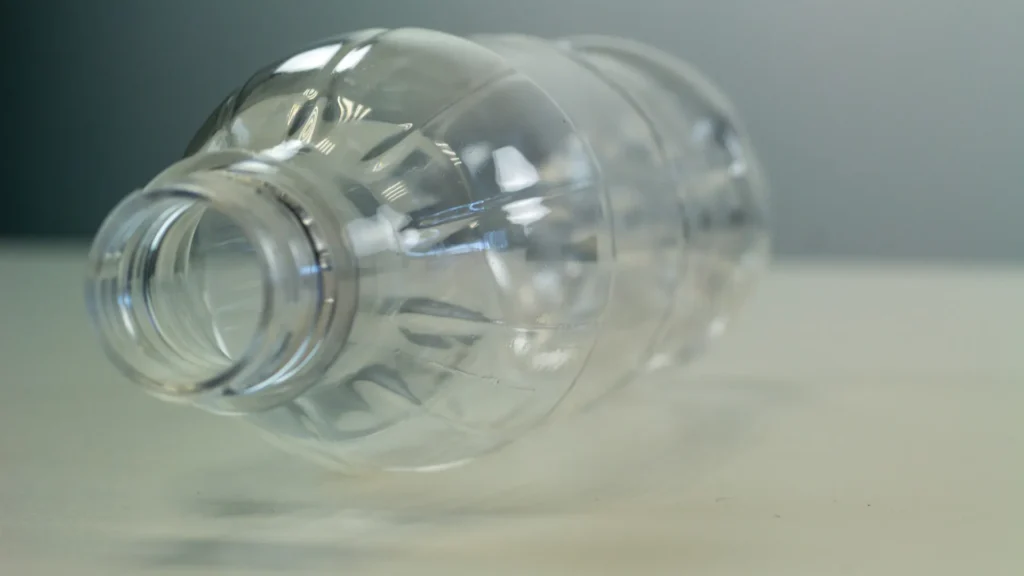
The project maintains an integrated perspective that allows technical developments to be adapted to the real needs of the packaging industry and the end consumer.
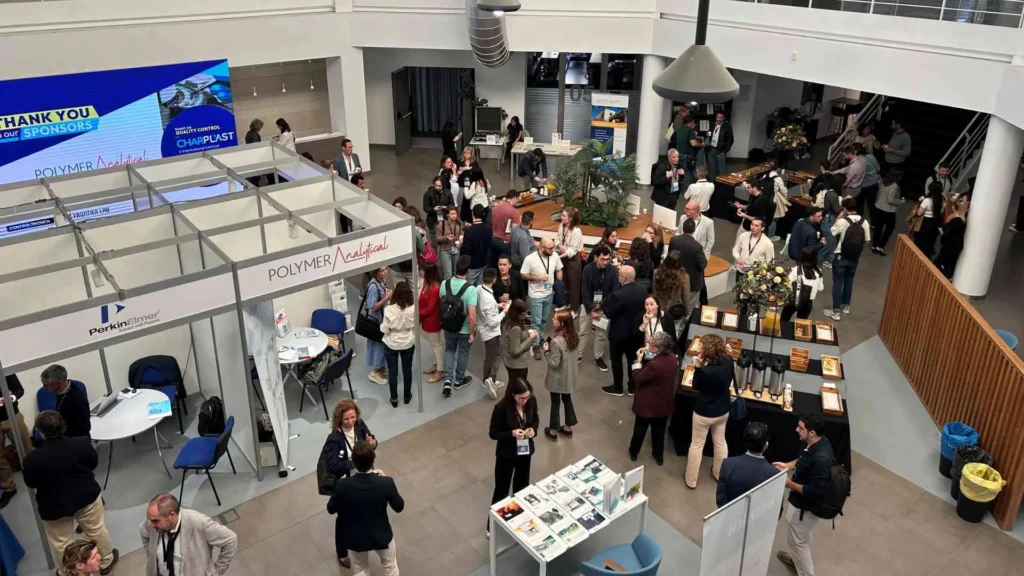
Visits by specialists to the technical facilities and the exhibition area strengthened the transfer of knowledge and the generation of professional collaboration networks.
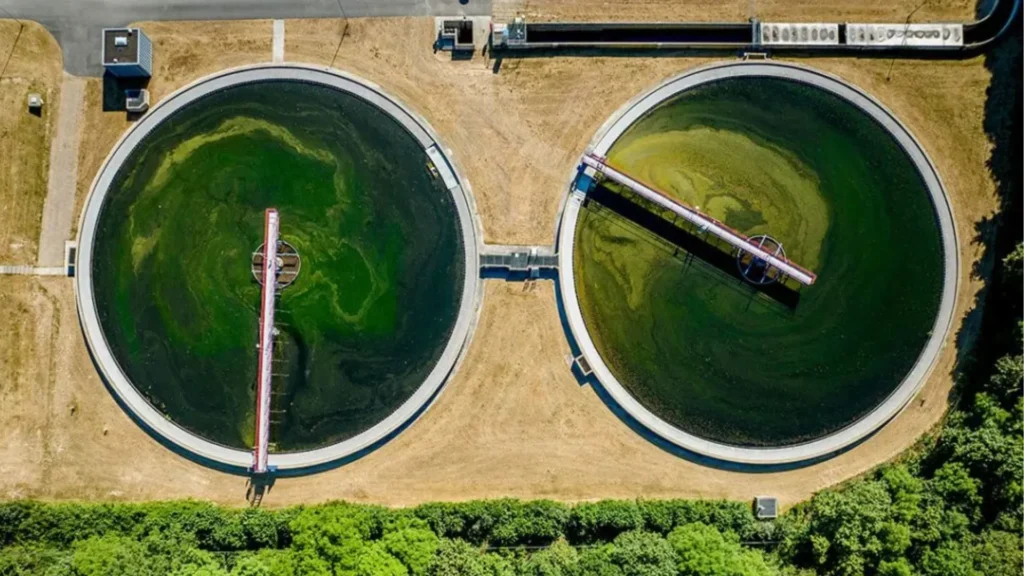
A number of northern European countries have proposed a joint restriction on the entire group of PFASs under the REACH regulation, advocating the "essential use" principle…

The precedent of agreements such as the Montreal Protocol demonstrates that it is possible to address global environmental threats.
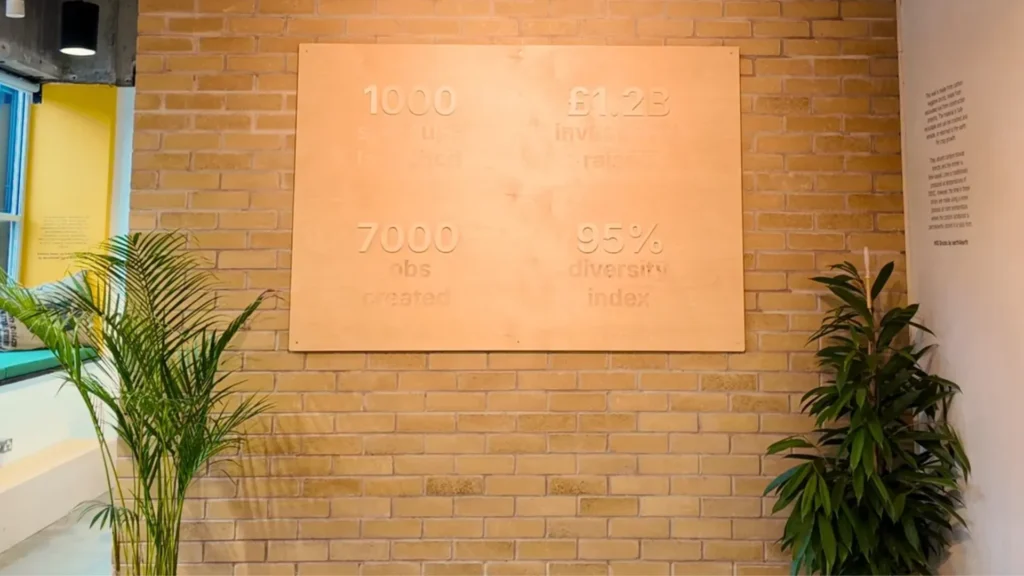
The commercial availability of these bricks represents an opportunity for architects, engineers and developers to contribute to building cleaner cities.
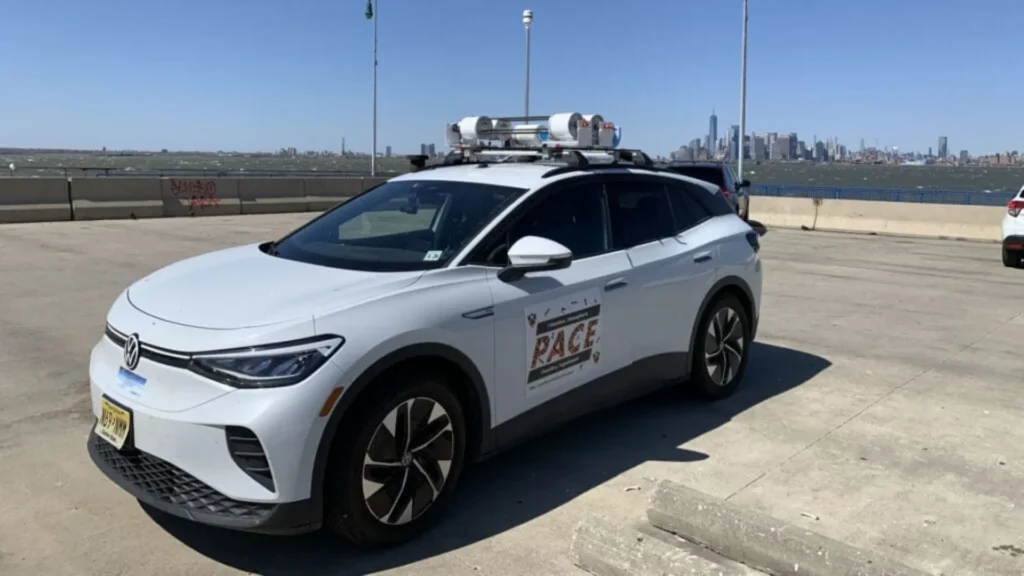
A study reveals that few facilities generate the majority of emissions, opening a direct pathway for their immediate reduction.